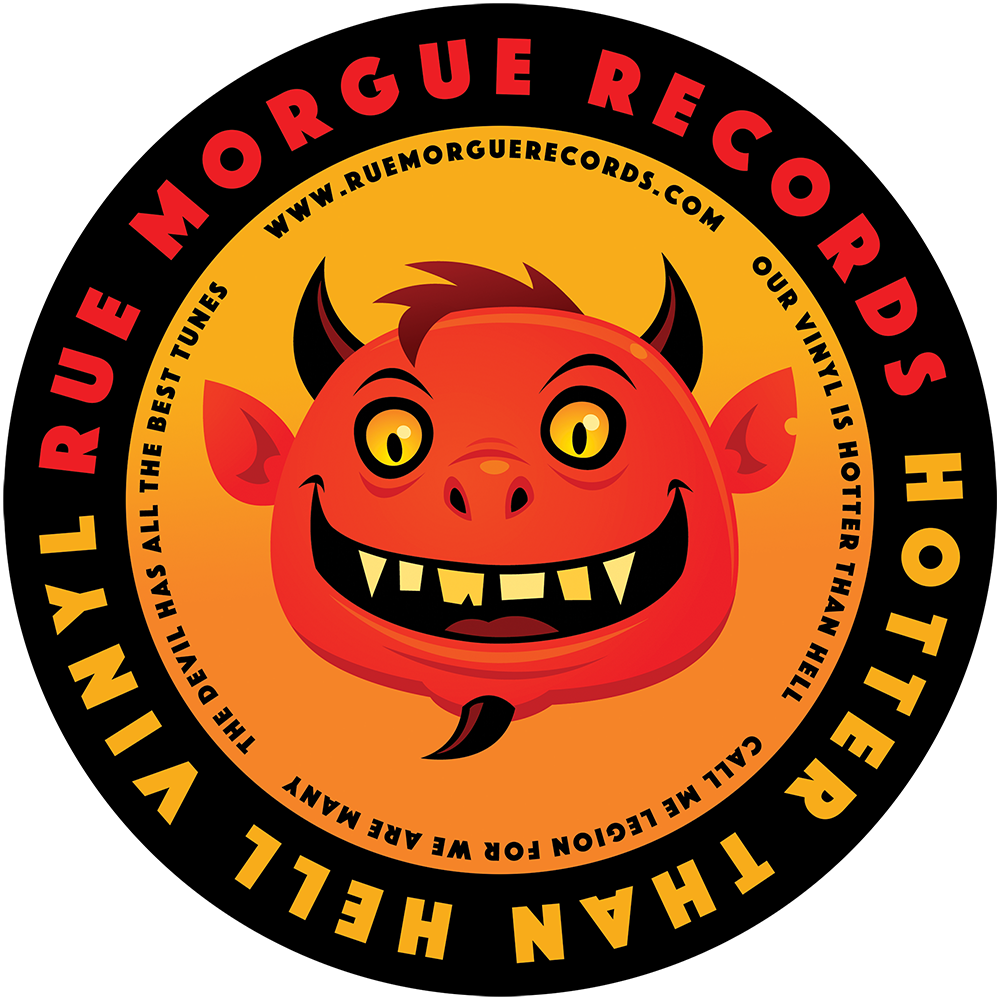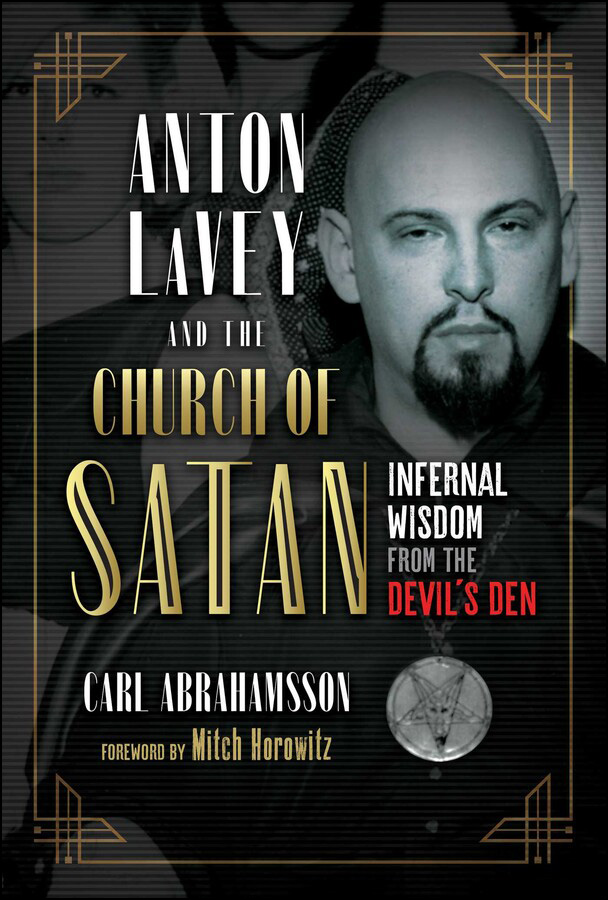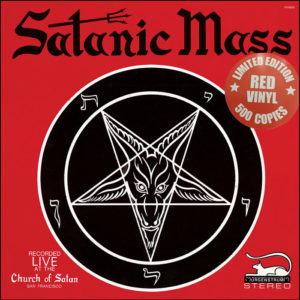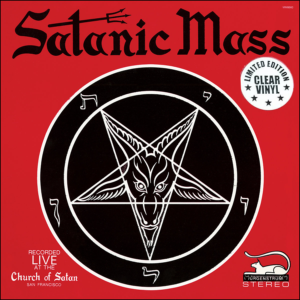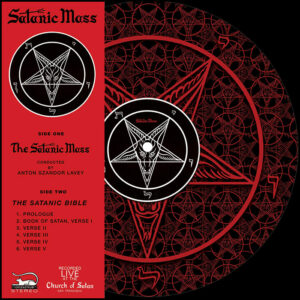Description
Excerpt:
From Chapter 1. Step right up!
In the year of 2019, I released a documentary film called “Anton LaVey – Into the Devil’s Den.” The premise was quite simply to talk to people who had been the notorious Satanist’s friends and collaborators at his world-infamous “Black House” at 6114 California Street in San Francisco, during the last decade of his life (LaVey was born in 1930, and died in 1997).
The reason was simple: I had been one of those people myself, and the experience was in equal parts overwhelmingly mind-boggling and “infernally” empowering. Some people I got to know early on, in the late 1980s; others were added to this Devil’s Den bouquet as the years – and even decades – progressed.
Slightly before the filmmaking was set in motion, there was another project that had got me thinking along similar lines: the book California Infernal – Anton LaVey and Jayne Mansfield as Portrayed by Walter Fischer. It was a lavish volume of photographs I had published on my own Trapart Books imprint in 2016, and which really got my memory lane muscles working. The sometimes candid and sometimes blatantly strategized photos by master paparazzo Walter Fischer became little gateways into the dusty vaults of my memory.
Growing up during the 1970s in Stockholm, Sweden, I led a very stable, safe and secure life. No wonder then that I gravitated to the realms of underground comics, weird science fiction and dark occultisms. Many unconventional strains of culture inspired my prurient youth, and they all merged into substantial parts of my being; most of which are in fact very much alive still.
American pop culture was one seminal part of this imprint cluster. My parents had friends in the US, and they regularly sent comics, candy and clothes to me that all became parts of my identity.
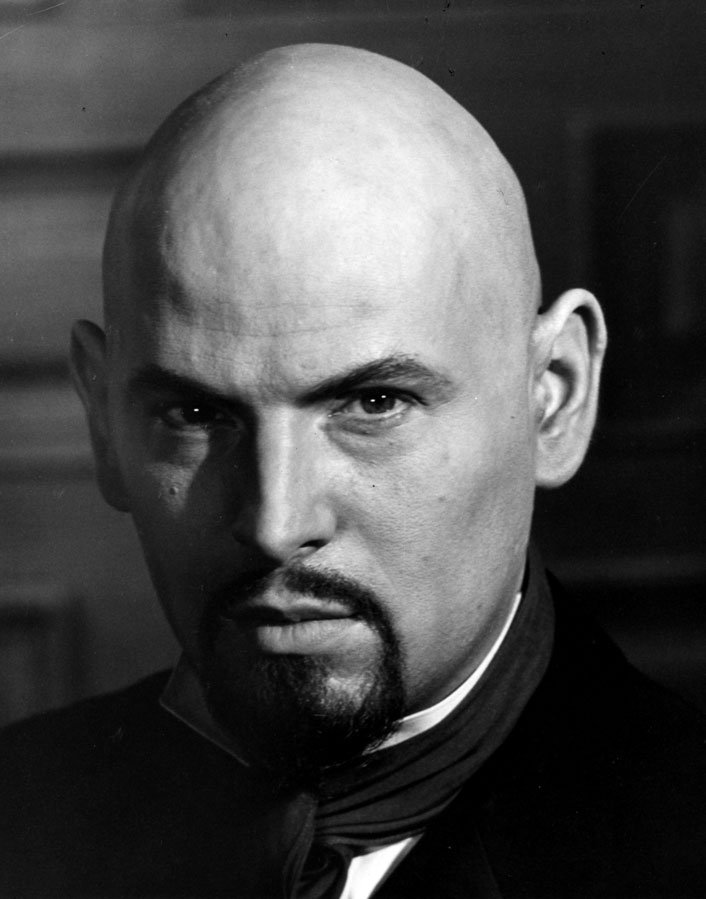
A delightful bookstore called “Hörnan” (“the Corner”) in central Stockholm sold weird books, magazines and comics. I was often in there, being willingly enchanted before I could even fully figure out what was being said on the pages in question.
Occultism was exciting (and it still is!). I drifted into intuitive excursions, and of course came across Anton LaVey’s The Satanic Bible from 1969. What healthy teenager can resist such an alluring title and tome? And I was thrilled to discover that he had actually founded The Church of Satan in 1966 – the very year I was born!
In the Swedish men’s magazines at the time, there were often picture stories about scandalous magicians from the ages – not seldom using sexually extravagant escapades as “magical” techniques. Anton LaVey was one of these recurring favorites. The photos were titillating, to say the least: LaVey looked so sinister in his black cape and devil horns, and there were always nude ladies serving as altars; smiling seductively at the cameras.
All of these things definitely made an impact on my malleable teenage boy mind. I was pleasantly surprised when I was offered the use of the Walter Fischer images for the California Infernal project – some thirty years later! It was basically the same images as in the Swedish men’s magazines; only a lot more of them. Were they coming back to haunt me, or what?
Writing the intro for that book made me roam my memory as well as my diaries. One question surfaced over and over: If I had had these wonderful experiences at the Black House, then surely others had, too? This became the “pre-premise” of the production; gradually crystallizing into the full one: “Why do you think LaVey showed you what he showed you?” Because I had always had that feeling when I was leaving his house early in the morning (and had ruminated over it throughout the decades): “What the hell just happened?”
I set to work in my already existing network of friends, which then bloomed to include others as well, and turned into a real, tangible and very contemporary bouquet of Satanic flowers. I travelled with my wife, Vanessa Sinclair, to New York, Miami, Los Angeles, San Diego and San Francisco to conduct filmed interviews, and later on followed up with a set if standardized questions via e-mail (for this book project, specifically). This mosaic of stories from long ago created a pattern that tilted and jolted my mind, and opened up for more than mere memories or details. It was a pattern mainly consisting of warm and positive emotions for this unique and creative individual who inspired us so much, and in so many different ways.
The most striking thing about Anton LaVey in this kind of rear view mirror, is that he has made a real impact on culture. There was always a prescience there that not only reshaped the past – in terms of him lauding his favorite movies, books, music, “occultisms,” etc. – but that at the same time also looked deeply into the wells of the future. LaVey’s insistence on the importance of phenomena like “The Total Environment,” “The Third Side,” and “Artificial Human Companions” didn’t only turn out to be “real” – they could in fact have helped spawn and inspire these phenomena.
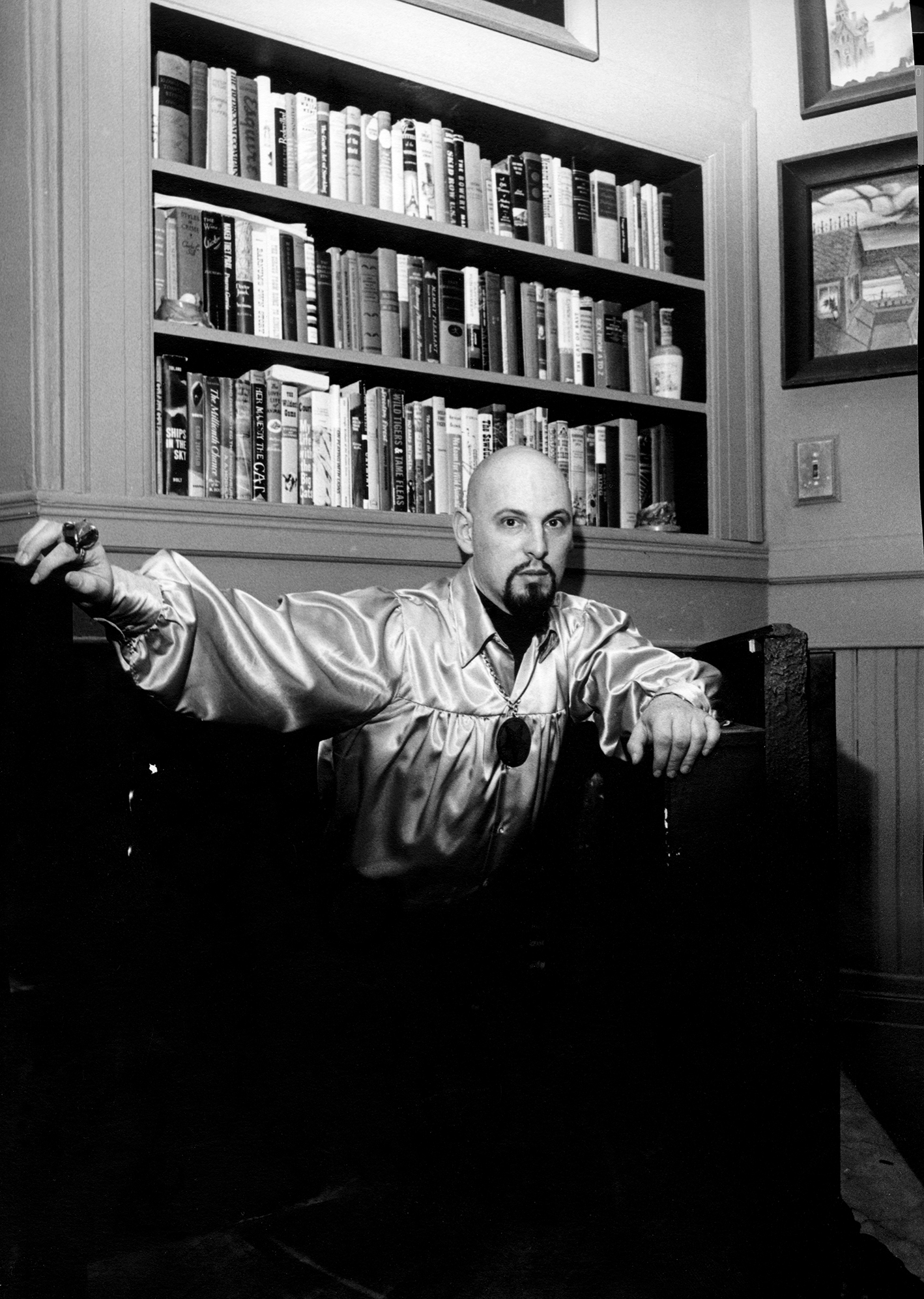
The similarities with good science fiction are obvious: by writing about the future and thereby inspiring the young in their life choices, and – even more importantly, according to LaVey – their aesthetics, science fiction also helps define the future beyond the mere fictional aspects. LaVey’s intuitive assumptions became obsessions, and when he eventually divulged these, they became little spells that affected the big picture in various ways. Infernal “memes,” if you will.
* * *
Before Anton LaVey became America’s own pop Nietzsche, he had had a colorful career in many fields. From the late 1940s and onwards, the musically skilled LaVey played keyboards in many different settings: at nightclubs, events, bars, circuses and sideshows. The accumulated experiences of seeing how people behaved in various states of successful (and quite often not so successful) states of lustful inebriation became the cornerstones of his philosophy of life. This also included wisdoms from other animals than the human one – mainly large cats, like lions and tigers – as he learnt how to interact with them at the circus. For many years, he even kept a Nubian lion called “Togare” as a pet inside the Black House – until it became too big and noisy, and the neighbors petitioned to have it removed to the San Francisco Zoo.
Over the years, this feral philosophy gravitated towards an inclusion of occult symbols and thoughts – mostly of the “dark” kind that every kid was warned about, but therefore sought out first. The symbol of “Satan” was in many ways perfect for Anton LaVey, as he cultivated his Mephistophelean look and his reputation of being a magician – and not only of the kind on stage. Satan was without a doubt the most feared symbol around, and therefore the most attractive.
In the early 1960s, Anton LaVey’s interest in magic grew. He was established in his Black House and held lectures and classes. Topics could range from vampires, werewolves, freaks, the Black Mass, death, ghosts, gothic culture and many other things. The “Great Szandor” (as he had been called as a dramatic organ player at the circus) spellbound his visitors. As his “magic circle” of friends and allies grew, what happened then seemed inevitable: in 1966 he founded The Church of Satan, and in 1969, The Satanic Bible was published. Media attention was massive. From men’s magazines focusing on the nude ladies and the sexual rituals, to mainstream magazines focusing on the alarming resurgence of non-Christian allegiances.
“Satan” may not mean so much in a cultivated, secular society, but talk to any primitive Christian and they’ll react as if Satan actually exists as some kind of anthropomorphic monster. LaVey knew how easily provoked his fellow Americans could be, and decided to press that button; thereby getting negative attention from reactive, monotheistic simpletons, but also positive attention from people who could see beyond the jolt, and who used the very word as a provocative “bullshit detector.” Anton LaVey had found a method that worked; mixing showbiz shock tactics with clever demagogic strategies.
LaVey basked in the attention and wrote the books The Compleat Witch or What to do When Virtue Fails (1970, later reissued as The Satanic Witch in 1989) and The Satanic Rituals (1972). Beneath all the scandalous exposure was also a serious magician who wanted to break away from dusty, arcane, esoteric systems basically stemming from medieval times. LaVey came up with new magical concepts based on psychological insights, gained as much from the carnival as from Sigmund Freud; as much from playing the organ at dive bars as from Friedrich Nietzsche. Active psychodrama, the use of sex, creating your own temple-space by indulging in whatever gives you most pleasure, creating artificial human companions instead of wasting time on dull acquaintances, and definitely integrating a dark sense of humor. All of these things he now presented as “Satanism.”
LaVey’s Satanism is a cluster, not only of philosophy, but also of aesthetics. It’s an aesthetic not only dimly lit in gothic horror gaslight or garish circus light bulbs. The evocative shadow world of German expressionist cinema and early Hollywood horror films – not forgetting the stark contrasts of film noir – deeply influenced the young LaVey. The lighting and composition theories of American photographer William Mortensen became almost an obsession, and LaVey integrated many of Mortensen’s ideas into the designs and performances of various Church of Satan rituals.
Throughout his books, LaVey generously name-dropped his inspirations and influences, and it is indeed an interesting cultural archaeology to journey in the trails of his philosophical explorations.
Aesthetically minded precursors like Max Reinhardt, Fritz Lang and Reginald Marsh got their acknowledgements on the very first pages of The Satanic Bible; as did Wilhelm Reich, Basil Zaharoff, PT Barnum, Mark Twain, George Orwell and HG Wells. It’s a veritable who’s who of dangerous (in the sense of revolutionary) ideas, hidden keys, cabals, and pragmatic approaches.
But it’s also interesting to see those he left out in these printed sources, although their influence was massive. I’m thinking specifically of British author Somerset Maugham, and British inventor and eccentric Dr. Cecil Nixon. Although certainly acknowledged at times, they weren’t included in the same way as many others. I have often wondered if that was perhaps another clue in itself, or perhaps simply examples of “omission by obsession.” Their stature and status in the LaVeyan universe cannot be overstated, so I will dedicate one whole separate chapter to influences like theirs.
The same goes for the ladies… In times like ours, when “identity politics” have morphed with the LaVeyan “good guy badge” concept on steroids, and the “self-appointed spokesperson” virus is raging beyond pandemic level – and thereby inducing the worst possible censorship of all: self censorship – it is appropriate that I also focus on the radical ideas that LaVey summarized in his still provocative grimoire of carnal wisdom: The Satanic Witch.
My film “Anton LaVey – Into the Devil’s Den” has been very well received, and will hopefully continue to shine the light on an enigmatic American (oc)cultural trailblazer, beyond the scandalous exploitation of revenue streams of evanescence like “American Horror Story.”
As many documentary filmmakers will tell you, “editing is a bitch.” When you have good “signal” (in terms of intelligent people saying intelligent things), you want to keep as much of it in the film as possible. But alas, the market for ten-hour documentaries is pretty marginal.
This is where the process known as “Kill your darlings!” is initiated. It’s a strange phenomenon that clearly indicates the schizophrenic nature of “auteur” filmmakers: you have to be a stern sadist in the editing, and yes, you will suffer masochistically while at it. Then the twain shall meet – hopefully! – in the satisfaction of watching your well paced film.
As I’m an author making the occasional film, and not the other way around, both the sadist and masochist comfortingly whispered to me that I could make use of much more of the material if I simply moved it into book form. Which is exactly what I’ve done here. In the spirit of creative maximization, here is now “more of everything.” As mentioned above, I’ve also added a few contextualizing chapters and appendices, to give a better and fuller insight into a man and magician who has morphed from a media savvy enigma to a genuine American icon. And hopefully also an insight into, and vivid picture of, the structure that was the exquisite total environment that attracted us all: the Black House.[/vc_column_text][/vc_column][/vc_row]
